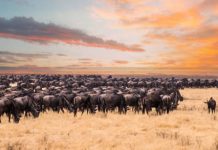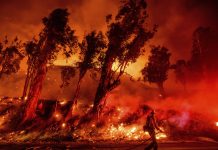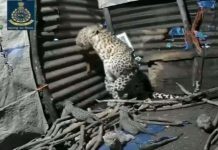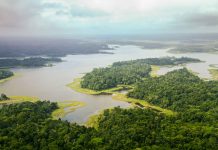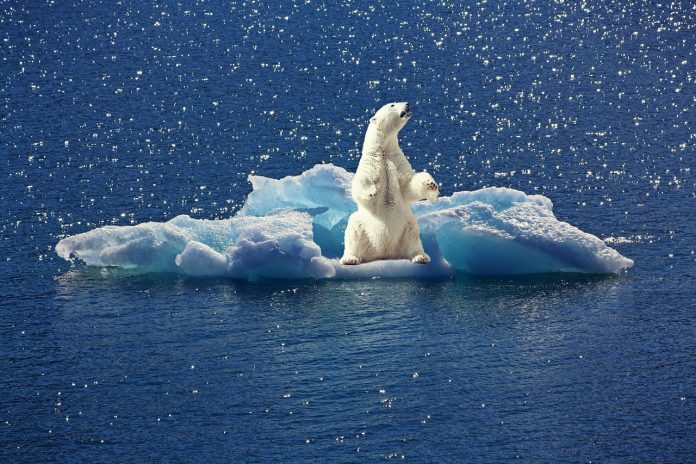A new study from the University of Toronto – Scarborough campus has found that polar bear populations are likely to collapse, if global warming continues at current speeds with increasing greenhouse gas emissions by the end of the century. This is the first study to present a timeline showing how the loss of Arctic sea ice affects the ability of polar bears to reproduce and survive.
The main author, Péter Molnár, an assistant professor in the Department of Biological Sciences at U of T Scarborough reveals that it will affect the polar bears ability to reproduce, persist as a healthy population by long periods without food. Most polar bear food consists of seals and can only be caught on sea ice. If ice continues to melt, bears have less time to hunt and more time fasting as a result.
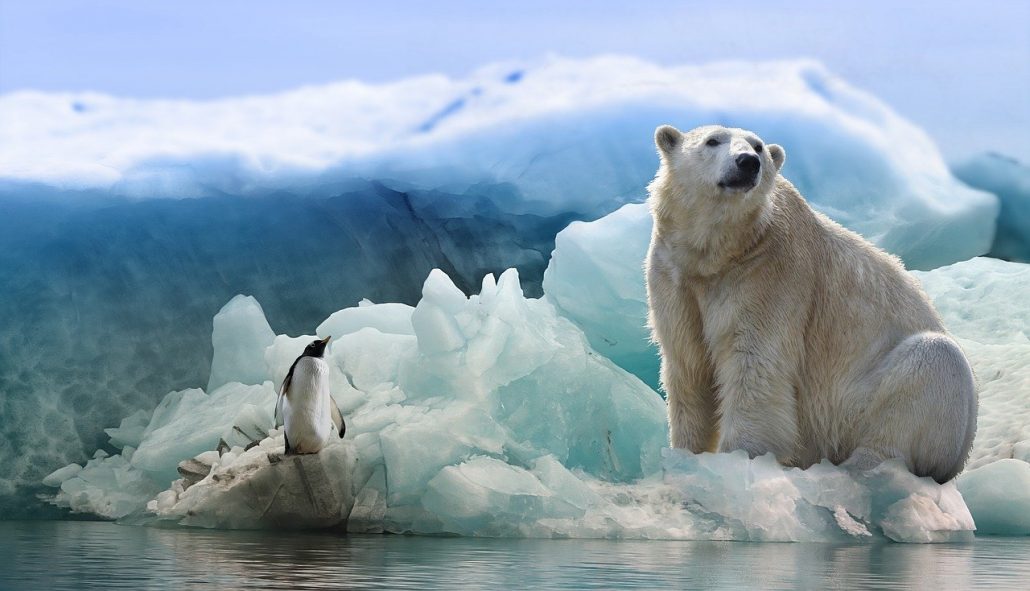
Unavailability of data concerning the connection between the availability of ice and their demographic performance conduce to difficult the making of meaningful estimates of when the number of polar bears in various regions will begin to decline to date. At the beginning of each fast, they addressed the basic physiology of how many days a polar bear can survive without food if some energy is stored in its body.
Researchers have estimated the consequences of a longer fast in three steps. Firstly, they estimated how long polar bears could survive based on their physical condition. Then, they used climate model projections of ice loss to determine how long future fasting periods would last in each polar bear population. Putting those together, calculated the ‘fasting effect threshold’ or how many days the bears could go without food with nurturing their young and sustain their life. Knowing when these effects can exceed the limits reveals the limits of how long polar bears can survive across the Arctic.
According to the research, several populations already been surpassed some fasting impact thresholds by the low polar bear reproduction rate in the Gulf of Hudson and the Davis Strait, which borders northern Manitoba, Newfoundland and Labrador, Ontario, Quebec, and also southern Nunavut.
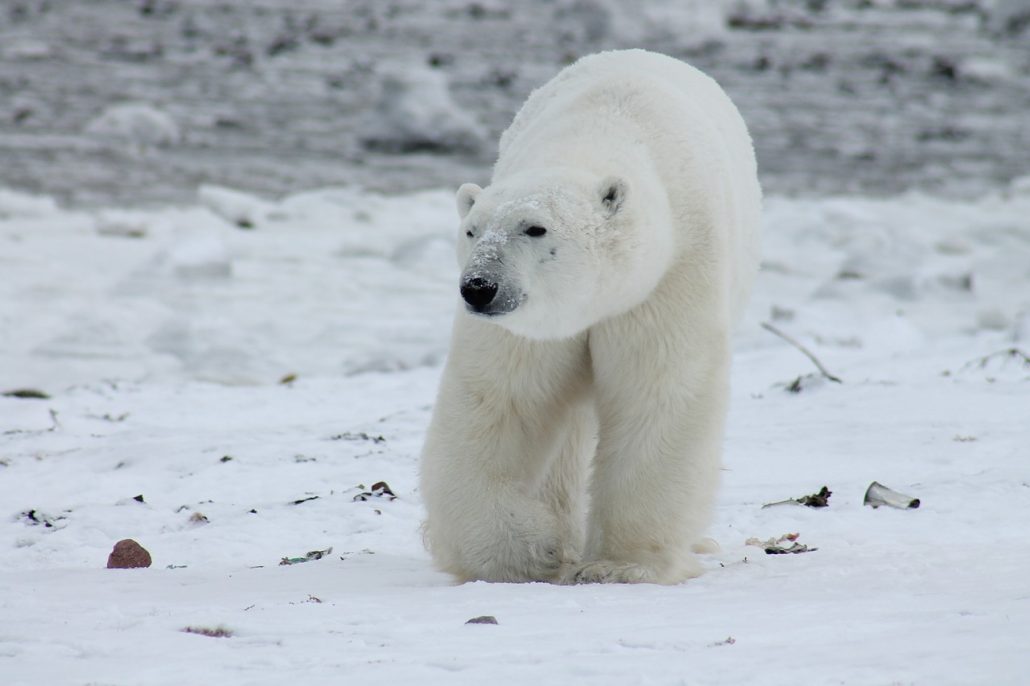
While their projections about the future of polar bears may seem harsh, unfortunately they can be overly optimistic. For example, researchers hypothesized that polar bears would make optimal use of their existing physical strength while fasting. If it were not so, the reality would be worse than their projections. Since the researchers did not know how bear bodies would survive for a specific year due to natural variations in the annual climate, they based their estimates on the full range of how thin or fat bears might be when they enter the future fasting periods.
The study looked at all the polar bear populations in three of the four existing Arctic eco-regions, which currently account for approximately 80% of the global population. The remaining 20% expect a similar fate, but Molnár says there is currently not enough data to estimate similar risk timelines for other populations.

